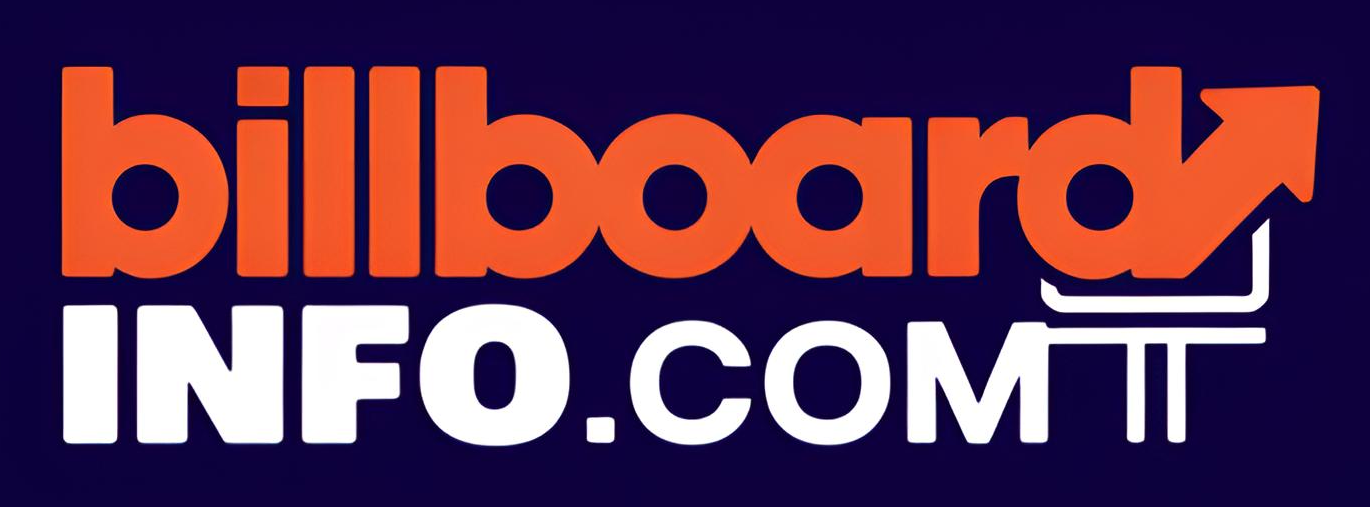In an age where digital ads fight for attention on every screen, there’s something refreshingly straightforward—and surprisingly powerful—about outdoor advertising. Whether it’s a massive billboard over a freeway or a sleek sign on the side of a city bus, these physical displays do more than just promote products. They shape how we perceive brands the moment we see them.
Outdoor advertising doesn’t wait for permission. It doesn’t need a click. It simply shows up—in traffic, on the sidewalk, at the train station—and leaves a mark. And while a passerby might only glance at an ad for a few seconds, that moment can have a lasting impact on how they view the brand behind it.
Let’s take a deeper look at why outdoor ads hold such sway over our perceptions—and how smart brands use that power to their advantage.
First Impressions Matter (Even on the Highway)
Humans are hardwired to form quick judgments. Within seconds of seeing something, we assess it—consciously or not. Brands know this, and outdoor advertising is often the first physical interaction someone has with a company.
That means a billboard or bus wrap isn’t just an ad—it’s a handshake, a first impression. If it looks cheap or cluttered, that’s the image a person now associates with the brand. On the other hand, a clean, creative, and visually striking ad can position a brand as modern, trustworthy, and confident.
Think about it: If you see an ad for a luxury watch on a beautifully designed billboard with crisp visuals and elegant typography, you’re instantly cued to associate that brand with quality and prestige—even if you’ve never heard of it before.
Consistency Builds Trust
One of the key ways outdoor advertising influences perception is through repetition and consistency. Seeing the same branding—colors, fonts, slogans—in multiple places builds familiarity. And in marketing, familiarity breeds trust.
Outdoor ads provide a unique opportunity to dominate the visual landscape of a city or neighborhood. When people see your brand consistently on bus stops, billboards, and street furniture, it sends a message: this company is established, successful, and worth paying attention to.
It’s why major brands like Coca-Cola and Nike still invest heavily in outdoor ads. They aren’t just trying to sell a product—they’re reinforcing who they are and what they stand for, every day.
Real-World Presence Builds Credibility
In a world increasingly filled with digital scams, bots, and questionable online stores, physical ads add a layer of credibility that digital ads sometimes lack. If a brand has a billboard up in Times Square or even a poster in your local train station, there’s an implicit trust that comes with that visibility. It says, “We’re real, we’re invested, and we’re here.”
That’s especially important for newer or growing brands. Outdoor advertising helps bridge the gap between being unknown and being taken seriously. It signals that the brand isn’t just an online operation but a real player willing to show up in the physical world.
Context Amplifies Message
Outdoor ads aren’t viewed in a vacuum. They’re experienced in context—while commuting, walking, waiting, or sitting in traffic. That context can heavily influence how the message is received.
For example, an ad for a cold beverage on a scorching summer afternoon hits harder than the same ad seen in a web browser. Likewise, a motivational message during a stressful morning commute can create an emotional link between the viewer and the brand.
Smart advertisers know this and tailor their outdoor campaigns to match the environment. That might mean promoting comfort food near office districts, gym promotions near fast food-heavy areas, or family-friendly messaging in suburban neighborhoods.
Bold Creativity Gets Remembered
One of outdoor advertising’s biggest strengths is its ability to make bold creative statements. With limited space and only seconds of attention, great outdoor ads rely on eye-catching visuals and punchy messages to grab attention fast.
The most memorable billboard campaigns often go viral—not because they were online first, but because someone saw them, snapped a photo, and shared it. Creativity breeds word-of-mouth.
For example, consider Chick-fil-A’s long-running billboard campaign featuring 3D cows urging people to “Eat Mor Chikin.” Not only is it humorous and memorable, but it also perfectly conveys the brand’s playful personality in an instant.
That kind of branding impact is difficult to achieve in a cluttered digital feed but thrives in the world of outdoor media.
Subtle Psychology at Play
Outdoor ads also work on a more subtle, psychological level. Even if you don’t consciously engage with them, repeated exposure can shape your preferences over time—a phenomenon known as the mere exposure effect.
Essentially, the more you see something, the more you tend to like and trust it. Outdoor advertising taps into this by placing brands in daily routines—along the same routes people take to work, school, or the gym.
Without realizing it, a person starts to associate a certain brand with familiarity. And when the time comes to make a buying decision—say, choosing between two similar products—they’re more likely to go with the one they’ve “seen around.”
More Than an Ad—A Statement
At its best, outdoor advertising is more than just a promotional tool. It’s a public statement. It tells the world: “We’re confident enough to stand out. We’re bold enough to be seen. We’re proud of what we offer.”
For brands trying to elevate their image, nothing says “we’ve arrived” quite like a massive billboard in a high-traffic area. It’s visibility. It’s legitimacy. It’s presence.
And even when the ad itself is simple—a slogan, a logo, a product shot—the medium magnifies its importance.
Final Thoughts
Outdoor advertising isn’t just about selling—it’s about shaping how people feel about a brand the instant they lay eyes on it. In a world where attention is currency, and perception is everything, that first glance matters more than ever.
So next time you pass a billboard, consider what it’s really doing. It’s not just shouting a message—it’s quietly building a story about a brand, one second at a time.


